Frying in an oil bath is one of the three main ways to fry with fat. It is a widely preferred method of culinary processing, as the fried product remains juicy on the inside and acquire a crispy crust on the outside.
How to make an oil bath?
To fry in an oil bath, you need a deep pan, not a pan. The cookware should not be made of steel, cast iron or tin, because the high temperature can melt and oxidize it. In addition, it should not be filled with more than half with fat, since when the product is placed, its volume increases and it can spray around. The ratio between the weight of the fat and the weight of the product must be at least 4:1.
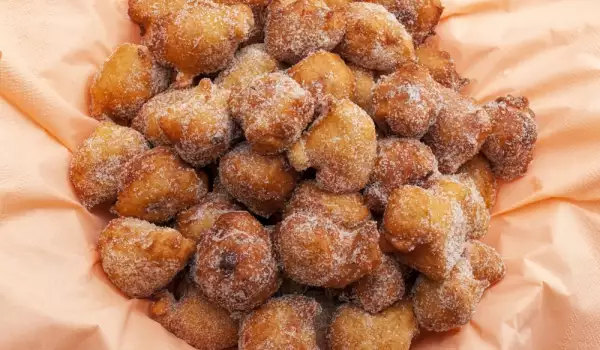
Before placing the product to fry, make sure that the fat is hot enough. Otherwise, the product will be soaked in unmelted fat, which will change its taste and after cooking it will become either greasy or dry.
A common mistake is to allow the fat to overheat. This should not happen, because when overheated, the fat loses its nutritional properties and the fried product remains raw inside due to its high temperature.
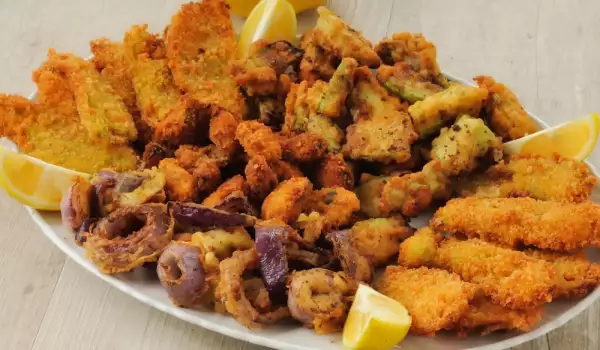
When the required frying temperature is reached, leave the product to "float" in the pan. When frying in an oil bath, the fat envelops the product evenly on all sides, so you do not need to turn it over. You can remove it when it acquires a light brown or dark yellow crust.
It is advisable, after removing it, to leave it onto kitchen paper or on a sieve or wire rack to drain the excess fat from it.
You can make fried buhti, breaded calamari, donuts or breaded cheeses in an oil bath.
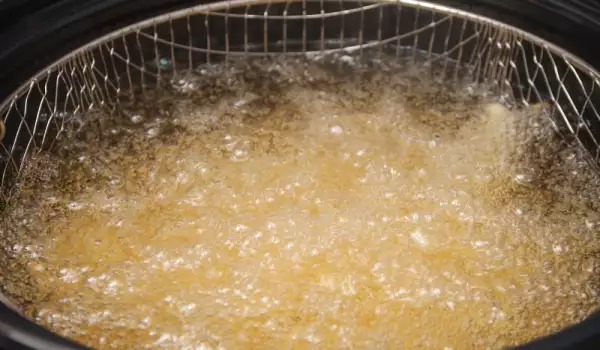


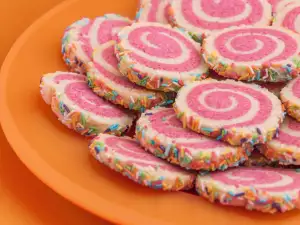

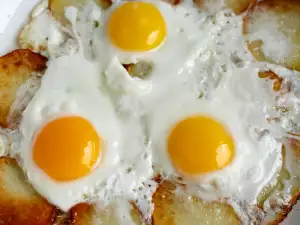

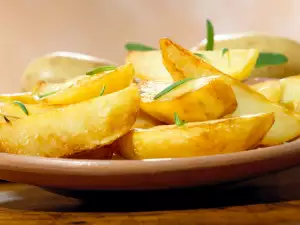
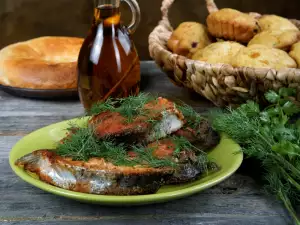


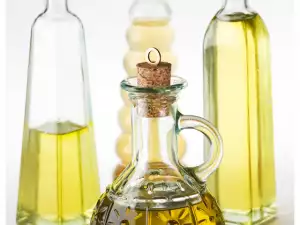
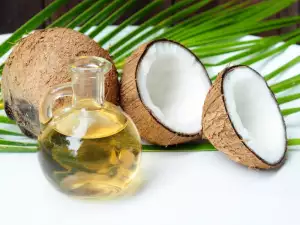
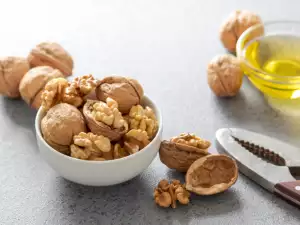

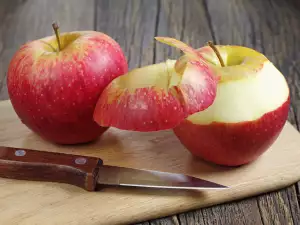




Comments